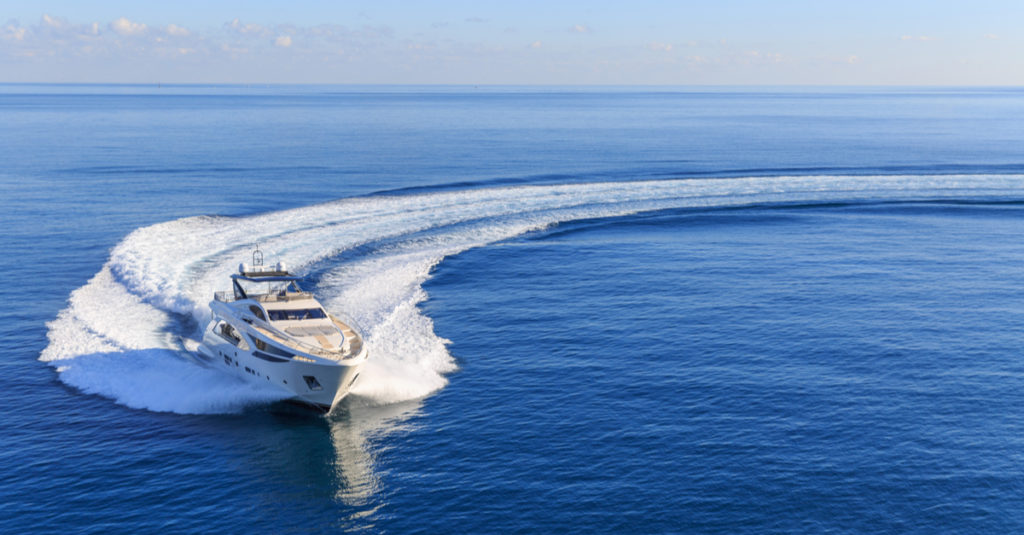Having access to an NVDC is important, of course. By having the right documentation all at your fingertips, you’ll be in compliance whenever you go out on the water. That said, it’s important to be safe when you go out on the water, too. During the late fall and early winter, boat rides are incredible, intimate experiences. You might be the only vessel on the water, so the crisp air and austere beauty are yours to experience, uninterrupted, and all on your own. That said, there are some things to keep in mind if you’re boating on the water.
NVDC
That’s not a date, we aren’t just referencing January 10th, 2001 randomly. Rather, it’s a rule of thumb to keep in mind should you become immersed in cold water. “Cold water shock” isn’t a colloquialism, it’s a very real thing. You have about sixty seconds to get your breathing under control when you fall in the water. That’s not easy. If you don’t do it within a minute, your odds of drowning go up quite a bit. Should that be the case, you have ten minutes, more or less, of movement to get out of the water. Once ten minutes pass, then the cold water will make it harder for you to move your arms and fingers, putting you in an even tougher spot. Then, you have about an hour until hypothermia sets in. We don’t say this to scare you, but rather to make you aware.
Layers Upon Layers, for the Water and Not the Air
You know to dress in layers when you go out in the cold. The wintry breeze can pack quite a bite. However, when out on a boat, you want to dress for how cold the water is and not the air. If you put on several layers and get overheated while sitting on the boat, you can take a layer or so off. But, say you go out on the boat in just one layer or so, then fall into the water – you’ll be in a very tough place. By dressing for the temperature of the water and not the air, you’ll be in a much better position, should the unexpected arise.
An NVDC that’s Open Year Round
Wearing a life jacket is always important when you’re out on the water. But, make sure to wear a lifejacket that can accommodate your layers. After all, if you’re dressing for the water and not the air, but your lifejacket is too snug and tight, then you’ll find it hard to move long before ten minutes have elapsed, should you fall into the frigid water. Once you get back to shore (or if you have internet access on your boat) you can fill out your vessel documentation right at our site. Whenever you have a minute to yourself, whether during the winter, spring, summer, or any other time, you can complete all of your forms at US Vessel Documentation.




